Beyond the Hype: Understanding the Science Behind Hip Dips
Delve into the scientific realm unraveling the truth about hip dips, going beyond mere speculation. Explore the fascinating intricacies behind this natural phenomenon.

Hip dips, or violin hips or saddlebags, manifest as a congenital bodily feature whereby the femur's upper region extends outward, generating an indentation or dimple in the hip area. It is vital to comprehend that hip dips are unrelated to excessive fat accumulation or muscular development; instead, they arise from the intrinsic formation of bones and muscles within the hip region.
What is Hip Dips?
Over the past few years, hip dips have witnessed a surge in popularity, as numerous luminaries and influential individuals have wholeheartedly embraced their inherent physiques. Consequently, a heightened interest in hip dips has arisen, accompanied by multiple commodities and services catering to the pursuit of an "ideal" hip contour.
Nonetheless, it remains paramount to acknowledge that hip dips are an ordinary and inherent human body aspect. Therefore, it is unnecessary to endeavor to alter or rectify the presence of hip dips, as many individuals indeed find them aesthetically appealing.
So, this composition's objective centers around exploring the scientific factors underpinning hip dips. We shall delve into the anatomical aspects of the hip and the causative factors behind hip dips and dispel any prevalent misconceptions and fallacies regarding this human shape. Additionally, we shall furnish guidance on wholeheartedly embracing your natural hip dips and fostering self-love for your body in its unadulterated form.
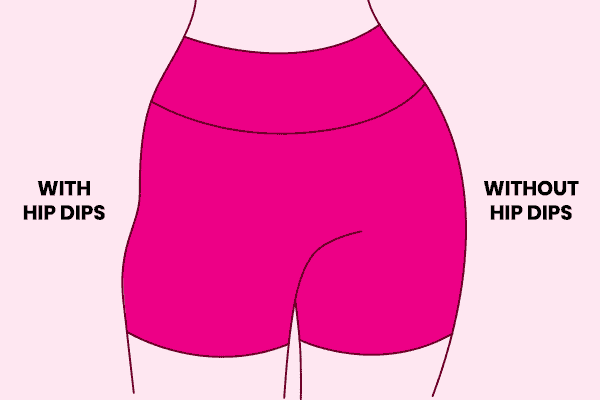
Anatomy of the Hip
The hip joint is a remarkable ball-and-socket junction functions as an intermediary between the thighbone, scientifically referred to as the femur and the pelvis. A robust and elongated bone, the femur extends from the hip to the knee. Conversely, the pelvis, an expansive and level bone structure, forms the fundamental support for the spine.
The hip joint, encircled by a capsule composed of ligaments, is crucial in bolstering joint stability. These resilient ligaments attach to the hip joint bones and the adjacent muscles, contributing to the overall structural integrity.
A cohort of muscles in the hip region come into play to impart movement to the thighbone and ensure the hip joint's steadfastness. The principal players among these muscular ensembles are the gluteus maximus, gluteus medius, and gluteus minimus. Their coordinated efforts facilitate optimal hip functionality.
Causes of Hip Dips
Hip dips arise from the anatomical structure of the hip region, wherein the bones and muscles play a significant role. Rather than boasting a perfectly circular contour, the femur exhibits a subtle curvature. This very curve leads to the outward protrusion of the upper part of the femur, thereby giving birth to a distinct recess or indentation in the vicinity of the hips.
Contrary to popular belief, hip dips do not emerge due to surplus adipose tissue or well-developed musculature. Astonishingly, individuals with meager levels of bodily fat can still exhibit hip dips, thus debunking the notion that these contours solely hinge on fat distribution or muscularity.
Myths and Misconceptions about Hip Dips
Hip dips have long been shrouded in a myriad of myths and misconceptions. For example, in certain circles, there exists a belief that poor posture is responsible for these indentations, while others contend that snug pants are to blame. Nevertheless, it is imperative to note that these assertions lack substantial scientific backing.
Additionally, a prevalent fallacy revolves around the notion that surgical intervention or dedicated physical exercises can rectify hip dips entirely. Regrettably, neither surgical procedures nor exercise regimens possess the power to eradicate these natural contours of the hips utterly.
Tips for Embracing Your Hip Dips
If you happen to be self-conscious regarding the presence of hip dips, rest assured that there exist several measures through which you can fully accept and appreciate your inherent body shape.
Initially, it is imperative to remember that hip dips are an ordinary and innate aspect of the human physique. Therefore, it is unnecessary to endeavor to alter or "correct " them.
Secondly, direct your attention towards the favorable attributes of your body. Of course, every individual harbors areas of their physique that may not elicit contentment, yet it remains crucial to prioritize the aspects that you genuinely admire about yourself.
Lastly, surround yourself with individuals who exude positivity and offer unwavering support, subsequently fostering an environment that enables you to feel uplifted and confident.
Wholeheartedly embrace the natural presence of your hip dips and nurture an unconditional love for your body precisely as it exists.

Anatomy of the Hips
The hip is a complex junction comprising numerous bones, muscles, and ligaments and is vital in linking the lower extremities to the axial skeleton. It facilitates an expansive repertoire of movements encompassing flexion, extension, abduction, adduction, and internal and external rotation.
Overview of the Hip Structure and Its Composition
The remarkable hip joint emerges from the splendid convergence of the distinguished head of the femur, also known as the thighbone, and the esteemed acetabulum, commonly called the socket, nestled within the pelvis. The head of the femur, resembling a perfectly smooth and spherical orb, elegantly installs itself within the acetabulum, a concave impression that bears the shape of a graceful cup. Hence, to facilitate the seamless mobility of this joint, the acetabulum is adorned with articular cartilage, a specialized tissue that expertly mitigates friction.
Enveloping the hip joint is an encompassing capsule of ligaments, an assemblage of connective tissues that provides essential support and stability. Among the distinguished ligaments that fortify the hip joint, we find the illustrious iliofemoral, revered pubofemoral, and esteemed ischiofemoral. Revered as the epitome of strength, the iliofemoral ligament diligently safeguards against hyperextension of the hip joint. The pubofemoral and ischiofemoral ligaments, equally notable in their contributions, ardently ward off the tendencies for abduction and adduction of the hip joint.
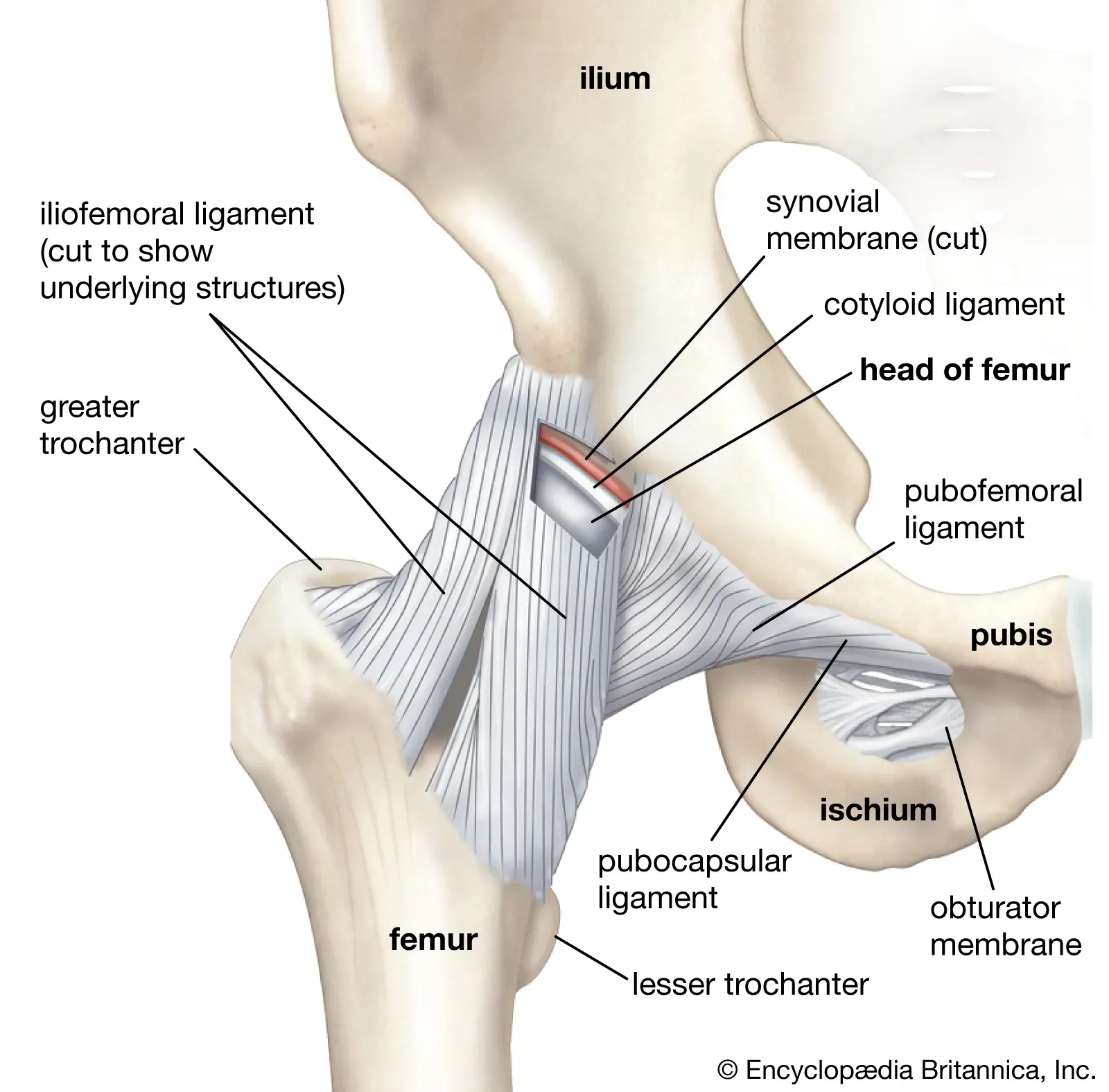
The Role of Muscles, Fat Distribution, and Bone Structure in Shaping the Hips
The contours of the hips are shaped by various influential factors, encompassing muscular composition, adipose tissue distribution, and skeletal architecture. Specifically, the hip region comprises essential muscles such as the gluteus maximus, gluteus medius, gluteus minimus, tensor fascia latae, and piriformis. These harmoniously functioning muscles serve the purpose of stabilizing the hip joint while facilitating fluid motion.
In addition, the deposition of fatty tissue in the hip region assumes significance in determining hip shape. Finally, it is worth noting that women generally exhibit a more significant fat accumulation in this area compared to men, contributing to the discernible dissimilarity in hip morphology between the sexes.
Moreover, the structural framework of the hips plays a significant role in shaping their appearance. For example, the configuration of the acetabulum and the dimensions of the femoral head influence the overall contour of the hips.
The Importance of Understanding Individual Variations in Hip Anatomy
Individual variations in hip anatomy exist, meaning everyone has a distinct shape of hips. Therefore some people may have more prominent hip dips than others. But its essential to remember that this is simply a normal variation in human anatomy and doesn't necessarily suggest any underlying health problems. In case you worry about the appearance of your hips consulting with a doctor or physical therapist would be helpful.
They can provide insights into your unique hip anatomy and make recommendations for exercises or other interventions that may enhance their appearance.
Fat Distribution and Hip Dips
Hip dips, my esteemed interlocutor, have managed to secure a remarkable position within bodily attributes, boasting a proclivity to manifest through myriad intricate variables, encompassing genetics, the meticulous calibration of body fat percentage, and the harmonious dance of hormone levels. It is of the utmost importance to emphasize that hip dips, in and of themselves, do not serve as ominous indicators of any subterranean health afflictions. However, it is worth acknowledging that these indents, nestled ever so gracefully amidst the contours of one's hips, may occasionally elicit a surge of unease and self-doubt in the hearts of certain individuals, effectively unveiling a delicate tapestry of insecurities.
How Fat Is Distributed in the Body
In its diverse manifestation, adipose tissue undergoes an intricate dispersion within the human anatomy, contingent upon various variables encompassing genetics, gender, and age. However, by and large, women exhibit a heightened proportion of adipose tissue compared to men, with the bias of fat accumulation diverging in various bodily regions, notably the hips, thighs, and buttocks. Such discrepancies can be attributed to the influence of hormone-active substances, namely estrogen and progesterone, intricately shaping this intricate adipose distribution pattern.
Body Fat Percentage and Hip Dips
An individual's adipose tissue content can influence the manifestation of hip dips. Those harboring a more significant proportion of body fat are predisposed to exhibit more conspicuous hip dips, owing to the tendency of fat deposition in the vicinity of the hip and thigh regions. Nonetheless, it is crucial to acknowledge that even individuals with a diminished body fat percentage can possess hip dips.
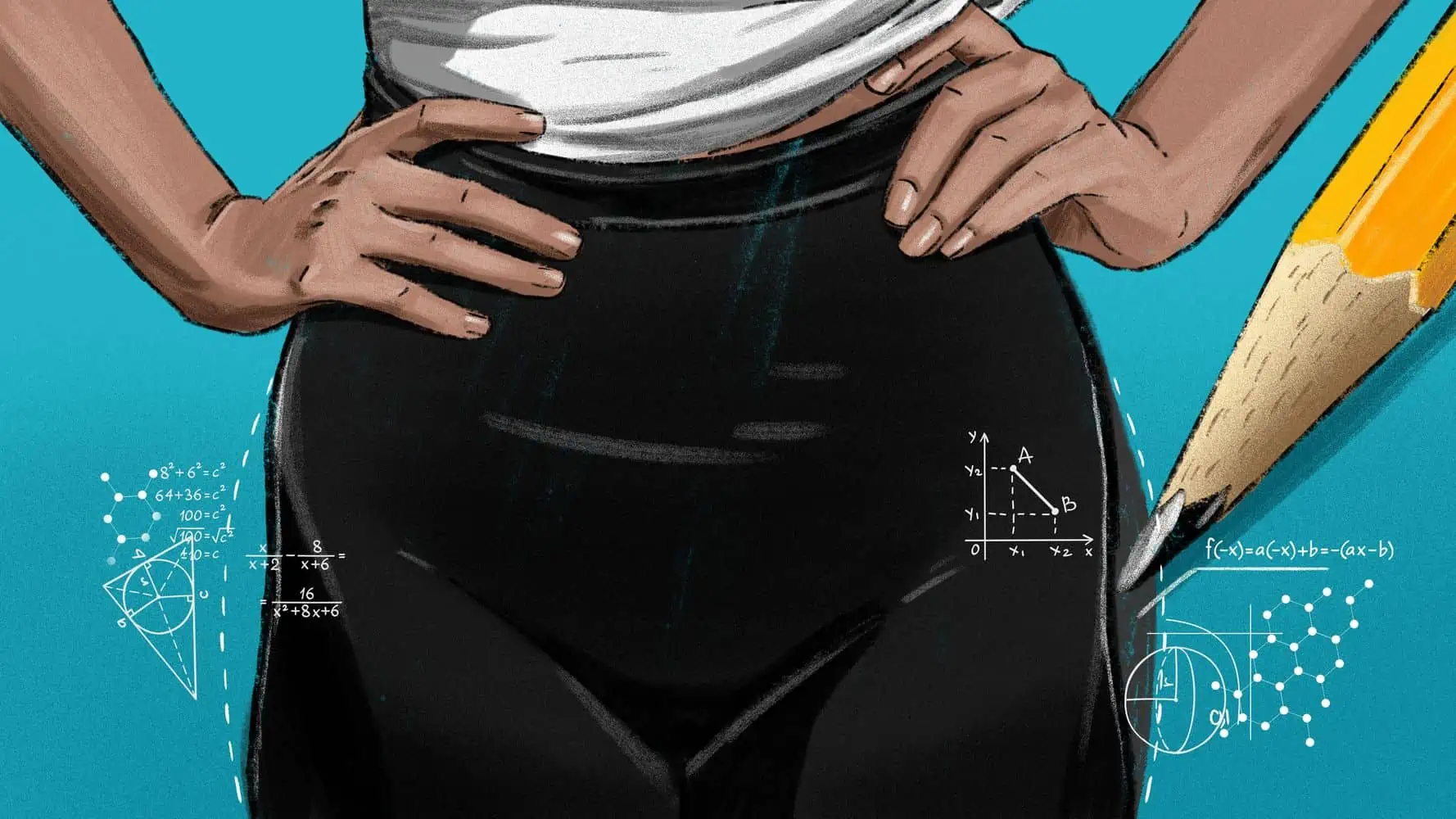
Genetics and Hip Dips
The enigmatic interplay of genetics unveils itself as an influential determinant in shaping an individual's bodily structure and the allocation of adipose tissue. Consequently, confident individuals, regardless of body fat composition or hormonal equilibrium, are predisposed to possessing hip dips.
Hormone Levels and Hip Dips
The intricacies of hormone levels further contribute to the orchestration of hip dips. As previously expounded, women typically harbor more body fat than men, with a propensity for fat deposition in distinct anatomical regions. The harmonious actions of hormones such as estrogen and progesterone intricately weave these patterns. Acting as catalysts, estrogen and progesterone instigate fat accumulation in the hip region, thighs, and buttocks, ultimately contributing to the formation of hip dips.
What Can You Do About Hip Dips?
Should you find yourself preoccupied with the aesthetic presence of your hip dips, you can take several measures to attenuate their prominence. These encompass the following:
- Engaging in weight loss endeavors or diminishing body fat percentage. This course of action mitigates the accumulation of fatty tissue near the hips and thighs, thereby rendering hip dips less conspicuous.
- Embarking upon endeavors to augment muscular mass. Strengthening the gluteal and hamstring musculature can contribute to volumizing the region encircling the hips and buttocks, thereby diminishing the visibility of hip dips.
- Regularly partaking in exercise routines. Consistent physical activity holds the potential to enhance the overall contour and tonicity of the physique, thus contributing to the attenuation of hip dips.
- Embracing self-acceptance. Remembering that hip dips represent a legal and inherent aspect of numerous individuals' anatomical composition is crucial. No intrinsic flaw exists in possessing hip dips, and one ought not to succumb to societal pressures by seeking to conform to impractical beauty standards.
Should concerns regarding the appearance of hip dips persist, it is advisable to consult with a medical practitioner or a registered dietitian. Their expertise can aid in formulating a safe and productive plan to attain your fitness objectives.
Muscle Development and Hip Dips
Overview of the muscles involved in hip dips
Hip dips, a remarkable anatomical phenomenon, epitomize the enchanting indentations gracefully found in the human physique. These captivating contours emerge as the skin forms a harmonious connection with the profound depths of the thigh bone, known as the trochanter. The conspicuousness of these captivating recesses varies among individuals, contingent upon the intricate interplay of adipose tissue and musculature within their bodily framework. Among the key contributors to hip dips lie the gluteus medius, gluteus minimus, and tensor fascia latae, intricately orchestrating their awe-inspiring presence.
Importance of muscle strength and activation for hip shape
Robust and optimally energized musculature is paramount when striving for a strong and aesthetically pleasing contour in the hip region. The gluteus medius, a sizable muscle, is critical in enhancing hip joint stability while facilitating lateral leg movement. Concurrently, the gluteus minimus, although comparatively smaller, significantly contributes to leg abduction and internal rotation. Similarly, the tensor fascia latae, an integral muscular component, effectively aids hip and thigh extension.
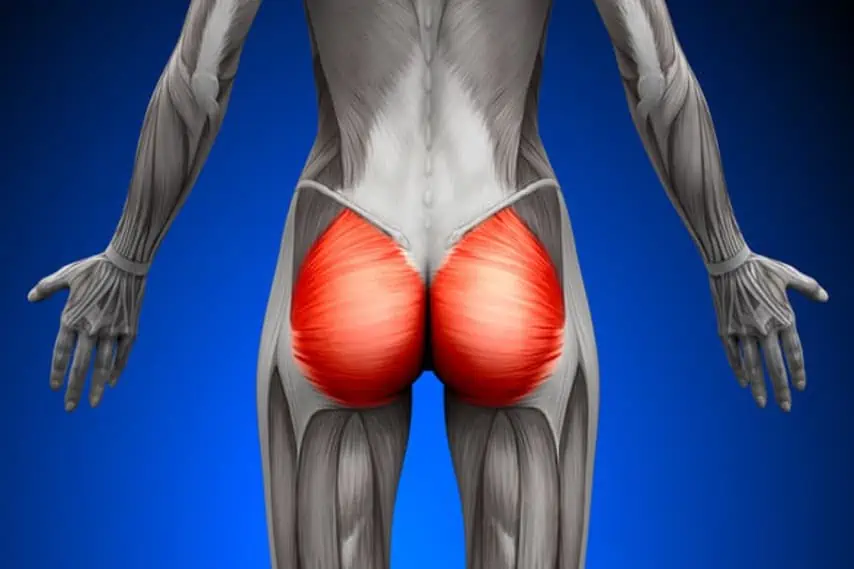
Exercises and training techniques to target the gluteus medius and minimize the appearance of hip dips
Many exercises exist designed to specifically target the gluteus medius and effectively reduce the visibility of hip dips. The following activities are recommended for achieving this objective:
-
Hip raises: Begin by assuming a lateral position, lying on your side with your knees flexed and your feet resting flat on the floor. Gradually elevate your hips off the floor until your body assumes a straight line extending from your shoulders to your knees. Maintain this posture briefly before gently lowering your hips to the initial position.
-
Side lunges: Assume a stance with your feet shoulder-width apart. Proceed by taking a lateral step with one leg and gradually flex the knee until your thigh becomes parallel to the floor. It is important to keep your back upright while ensuring that your front knee remains aligned with your ankle. Repeat this motion on the opposite side.
-
Fire hydrants: Commence this exercise by assuming a lateral position, lying on your side with your knees flexed and your feet firmly planted on the floor. Subsequently, lift your upper leg outward while maintaining a bent knee. Sustain this pose momentarily before gradually lowering your leg back to its original position. Repeat this sequence on the other side.
Debunking common misconceptions about spot reduction and hip dip exercises
Many prevailing misunderstandings exist regarding spot reduction and hip dip exercises. One such fallacy entails that you can selectively reduce fat in a particular region by engaging in exercises tailored to that area. Regrettably, this assertion is empty of truth. Fat is dispersed throughout the body by genetic and hormonal factors, making it impossible to target an isolated region for fat loss.
Another prevalent misbelief suggests that hip dip exercises possess the capacity to eradicate hip dips wholly. This, too, is a fallacy. Hip dips constitute a natural element of specific individuals' bodily structures, and their complete elimination remains unattainable. Nonetheless, one can mitigate the visibility of hip dips by developing muscular mass in the adjoining regions.
Should you harbor concerns regarding the appearance of your hip dips, several measures can be undertaken.
- Consulting with a medical professional or a certified personal trainer can yield a personalized exercise regimen.
- Utilizing a resistance band or weight machine to focus on the gluteus medius and its surrounding musculature can prove advantageous.
- Adhering to a nutritious diet and engaging in regular exercise can contribute to an overall reduction in body fat.
By adhering to these guidelines, you can holistically enhance the contours of your hips and diminish the prominence of hip dips. However, it is vital to acknowledge that hip dips are an inherent facet of certain individuals' bodily structures, and their complete eradication is unattainable.
Bone Structure and Hip Dips
Hip dips are an inherent aspect of the intricate framework of the human body. The emergence of such occurrences stems from the complex anatomical configuration of the pelvis, which is undeniably shaped by genetic determinants. The pelvis, a skeletal framework interconnecting the spinal column and the lower limbs, consists of three composite bones: the ilium, the ischium, and the pubis. Predominantly, the ilium, occupying the superior and outer region of the hip, stands as the largest constituent of the pelvis. Subsequently, the ischium assumes a posterior and inferior position in the hip, while the pubis assumes an anterior location.
The shape of the pelvis exhibits considerable variability among individuals, manifesting in diverse widths. Consequently, this disparity in pelvic width can significantly impact the visibility of hip dips. Specifically, individuals with wider pelvises tend to possess more pronounced hip dips in their physical appearance.
In conjunction with genetic predispositions, certain ethnic backgrounds exhibit a greater propensity for the presence of hip dips. For instance, individuals of African descent are more prone to develop hip dips than European descent.
Hip dips should not be regarded as indicative of any underlying health conditions. Rather, they epitomize a customary divergence in the configuration of the human body. Consequently, permanently eliminating hip dips is an unattainable feat. Nevertheless, targeted exercises can assist in mitigating their prominence by concentrating on fortifying the muscles encompassing the hip and gluteal regions.
Recognizing and accepting the natural assortment in bone structure and hip shape is imperative. Hip dips represent an ordinary facet of the human physique and should never be construed as a flaw. Therefore, there is no necessity to harbor self-consciousness concerning one's hip dips. Remember, you possess innate beauty just the way you are.
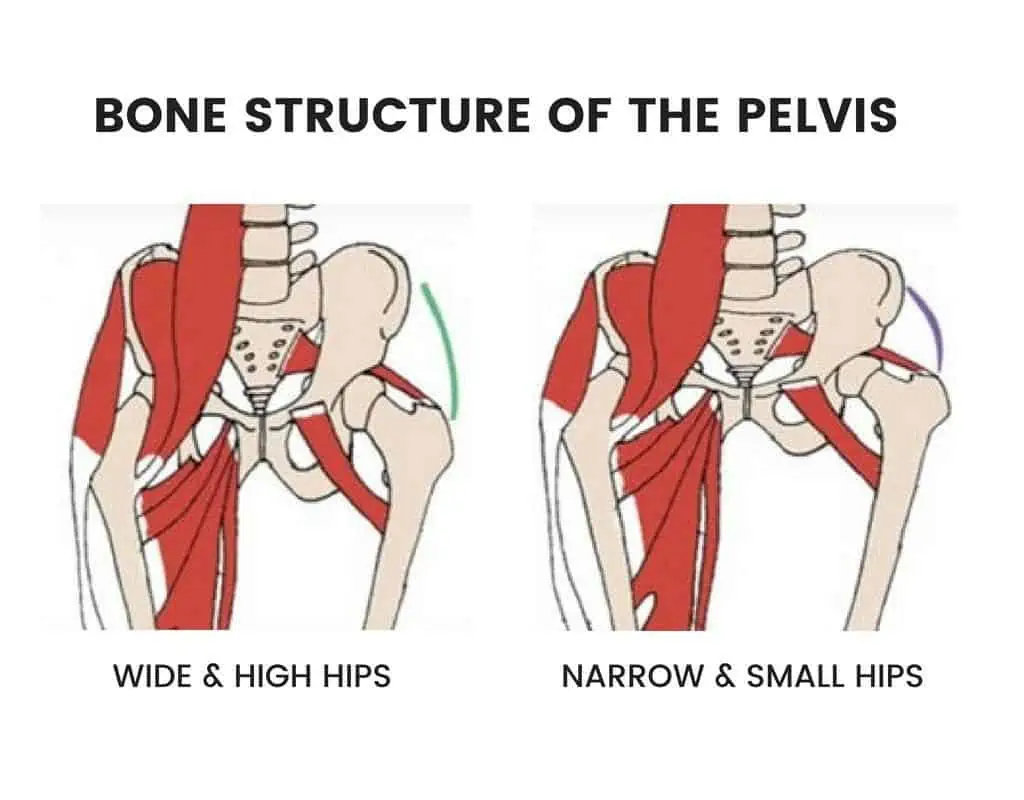
Here are some additional information about hip dips:
- Hip dips are not caused by weight gain or weight loss.
- Hip dips are not caused by muscle tone or lack of muscle tone.
- Hip dips are not caused by poor posture.
- There is no surgery or medical procedure that can permanently get rid of hip dips.
If you find yourself harboring concerns regarding the visage of your hip dips, engaging in a conversation with a medical practitioner or a certified fitness instructor is advisable. Their expertise can guide you toward formulating a tailored exercise regimen to mitigate the prominence of your hip dips.
Cosmetic Procedures and Hip Dips
Hip dips manifest as natural contours that materialize on the lateral aspects of the hips. These contours stem from the outward projection of the iliac crest, commonly referred to as the hip bone. While hip dips are not classified as a medical condition per se, certain individuals may experience self-consciousness regarding their appearance. They thus may contemplate seeking cosmetic interventions to rectify them.
A range of cosmetic procedures purports to diminish or eradicate hip dips. These procedures encompass:
- Liposculpture: Liposculpture, alternatively known as body contouring, entails a surgical endeavor to eliminate excess fat from undesirable physique regions. In the case of hip dips, liposuction is employed to extract fat from the periphery of the hip bones, thereby mitigating the visibility of the indentations.
- Fat grafting: Fat grafting, or autologous fat transfer, encompasses using fat obtained from one bodily locale to replenish another. In the context of hip dips, fat grafting is employed to fill the indentations with adipose tissue extracted from alternative regions such as the abdomen or thighs.
- Fillers: Fillers consist of injectable substances that facilitate the volumizing or plumping of specific bodily areas. Thus, fillers are utilized for hip dips to augment the indentations and cultivate a more seamless appearance.
- Implants: Hip implants denote prosthetic apparatuses that can be surgically inserted into the hips to augment their dimensions and contours. Hip implants are a more invasive alternative than other procedures targeting hip dips, yet they can yield more pronounced outcomes.
Acknowledging that all cosmetic procedures entail certain inherent risks, including infection, hemorrhaging, and scarring, is crucial. Furthermore, it is imperative to maintain realistic expectations regarding the achievable outcomes of these procedures. For example, it is improbable for any procedure to eradicate hip dips; some individuals may not find the results satisfactory.
Suppose you are contemplating a cosmetic procedure to address hip dips. In that case, conducting thorough research and engaging in meaningful discussions with a competent surgeon to explore your options is paramount. Additionally, comprehending the risks and limitations associated with these procedures is vital before deciding.
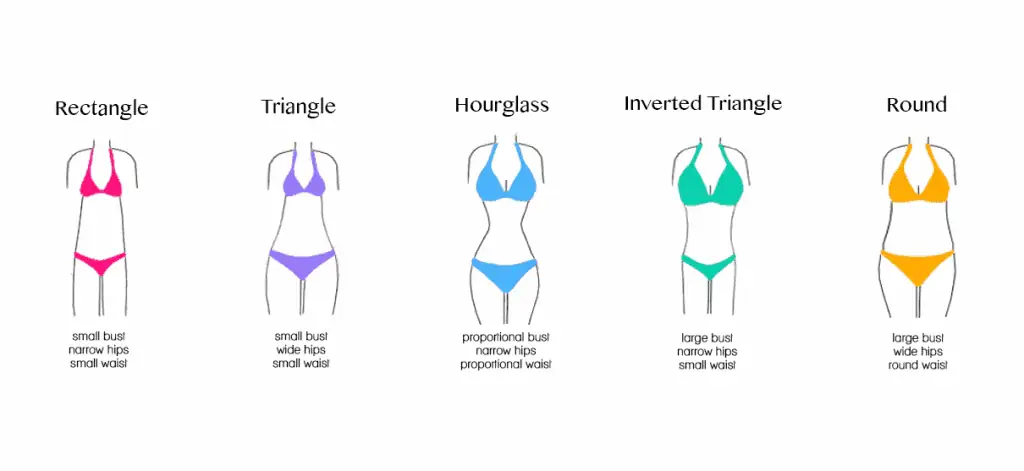
Informed Decision-Making and Realistic Expectations
It is of utmost significance to thoroughly deliberate whether or not to embark upon a cosmetic intervention to rectify hip dips. This entails acquiring comprehensive knowledge about such procedures' potential hazards, advantages, and restrictions. Equally crucial is the cultivation of reasonable expectations regarding the attainable outcomes of said procedures.
While some individuals may find contentment with the aftermath of a cosmetic procedure targeting hip dips, others may not experience similar sentiments. It is essential to remember that these procedures do not possess a panacea-like quality for issues related to body image. In instances where body image concerns persist, it is vital to seek the guidance of qualified professionals.
Should you decide to pursue a cosmetic procedure to address hip dips, selecting a proficient surgeon with ample experience in conducting such interventions is crucial. Additionally, it is imperative to proactively inquire about the procedure's potential risks, benefits, and limitations before reaching a final determination.
Conclusion
In summary, hip dips encompass an innate and customary divergence in the configuration of one's hips. They materialize due to a confluence of elements, such as the allocation of fatty tissue, the cultivation of musculature, and the configuration of skeletal framework. Therefore, it is paramount to acknowledge and embrace the distinct individual discrepancies in hip formation, as no solitary paradigmatic archetype exists for hip structure. Instead, it behooves us to foster a culture of body affirmation and commemorate the various assortment of hip contours.
Here is a recap of the key factors influencing hip dips:
- Fat distribution: Hip dips are more pronounced in people with less body fat overall. This is because fat tends to collect around the hips and buttocks, which can help to mask the appearance of hip dips.
- Muscle development: Hip dips can also be more pronounced in people with underdeveloped gluteal muscles. This is because strong gluteal muscles can help to fill out the hips and buttocks, which can help to minimize the appearance of hip dips.
- Bone structure: Hip dips are also influenced by bone structure. People with wider hips are more likely to have pronounced hip dips. This is because the wider the hips, the more pronounced the indents will be.
Remembering that hip dips do not signify any underlying health issues is of utmost significance. They are unequivocally a regular divergence in the contour of one's hips. Should you have any apprehensions regarding your hip dips, engaging in a dialogue with your healthcare provider is advisable. Nevertheless, there is no rationale to experience any shame about your hip dips. On the contrary, they manifest as an inherent facet of your physique and warrant admiration and acknowledgment.
Here are some tips for embracing body positivity and celebrating diversity in hip shapes:
- Find role models who have hip dips. There are many celebrities and influencers who have spoken out about their hip dips. Following these role models can help you to see that hip dips are beautiful and normal.
- Avoid comparing yourself to others. It is easy to get caught up in comparing our bodies to others, but this can be very damaging to our self-esteem. Instead, focus on celebrating your own unique beauty.
- Love your body for what it is. Your body is a gift, and it is important to love and appreciate it. Embrace your hip dips and all the other unique features that make you you.
Hip dips are a normal and beautiful part of the human body. We should all embrace body positivity and celebrate diversity in hip shapes.




